Sustainability Starts at Home
Going green for the best home options
When Mick Fabar launched Green Homes Australia in 2006, his goal wasn’t to follow market trends—it was to address fundamental issues in the way homes are designed and built. At the time, few in the industry were seriously considering energy efficiency or long-term environmental impact. Fabar recognized an opportunity to change that. As CEO, he developed a model that prioritizes sustainability, affordability, and livability—an approach that continues to evolve as the company expands globally.
Building a Global Brand
“Green Homes Australia commenced operations back in 2006 and grew fairly rapidly through the early 2000s,” Fabar explains. By 2012, the company had successfully transitioned to a franchise model, extending its reach across most metropolitan and regional areas of the country. Three years later, it had achieved national coverage under the Green Homes brand. Expansion into New Zealand followed, and in 2019, Green Homes began operations in the United States, utilizing a similar business framework.
Today, the combined efforts of these entities result in the construction of over 1,000 homes annually, with the Green Homes brand globally trademarked and copyrighted. The company now operates in more than 67 locations across Australia and maintains a hybrid corporate-franchise model that continues to attract builders who seek more than just profit—they want purpose.
Delivering Energy-Efficient Solutions
Green Homes Australia operates through a hybrid model that blends corporate oversight with franchise-driven delivery. The company delivers new builds and upgrades existing homes, emphasizing full energy efficiency in both approaches. Its team comprises a diverse set of professionals, including energy home modelers, architects, brand managers, and construction supervisors. This enables them to maintain strict quality control throughout the entire building process, while tailoring solutions to local climates and consumer needs.
“We operate out of several display model home precincts and partner exclusively with national retailers to offer the best affordable outcome for our clients,” Fabar says. Notably, all of Green Homes Australia’s designs are pre-approved under the Green Loan Program—a government-backed initiative that provides reduced interest rates to consumers building energy-efficient homes. “We’re one of the only builders in the country to have our full suite of designs fully approved by the Green Loan Program,” he adds.
From fully custom projects to spec homes and turnkey solutions, the company offers a broad range of builds grounded in energy-conscious design. They maintain consistency across the board by applying solar passive design principles and a rigorous modeling process for energy efficiency.
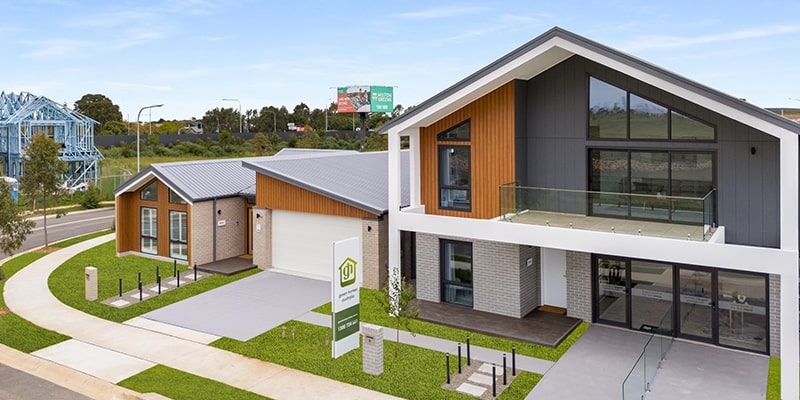
Efficiency starts with the Blueprint
In a market where “smart homes” are frequently equated with sustainable homes, Fabar’s perspective offers a much-needed recalibration. “The reality is that to build an energy-efficient, sustainable, healthy home, there is no technology required,” he says. While Green Homes certainly incorporates innovative technologies where appropriate, Fabar emphasizes that the bedrock of sustainable construction lies in proper orientation, thoughtful material selection, and airtight construction.
“If we orient the home the right way, put the windows in the right position, and seal the home correctly for energy leakage out of those living spaces, we know that we can build our homes around 70% more energy efficient than a standard home.” He explains that true sustainability begins before the first brick is laid, with design that interacts intelligently with its surrounding environment.
That said, when technology is layered onto a solid design foundation, the results are exceptional. “Then when you get to the fit-out stage and you add energy efficient appliances, LED lights and energy efficient cooktops, energy efficient solar batteries, solar systems and batteries, an EV car charging system… they don’t have to do a lot of work because the home’s already energy efficient designed and constructed.”
Laying the Groundwork
Fabar is quick to distinguish Green Homes from competitors whose strategies rely heavily on superficial add-ons. “People think that an energy-efficient home is a home with energy-efficient appliances. That’s not an energy-efficient home,” he clarifies. Green Homes goes beyond compliance, utilizing modeling software that leverages national data to simulate the energy performance and carbon emissions of each project.
“What we do well is make sure that the right design is done first… Then the second part of energy efficiency is choosing the right products.” The result? Homes that are not only energy-neutral but poised for future adaptability.
Strength in Partnerships
Green Homes Australia operates within a well-defined and values-driven network of franchisees, subcontractors, and product suppliers who share the company’s mission of creating sustainable, energy-efficient housing. This collaborative ecosystem ensures that every project, whether a new build or an upgrade, is executed with consistency, quality, and environmental responsibility. Franchisees who join the Green Homes network gain far more than branding rights; they are equipped with an extensive suite of support services that span energy modeling expertise, business mentoring, comprehensive marketing resources, and the operational systems needed to run an efficient and profitable enterprise.
“They’re doing better things for their community and their environment and their customers,” Fabar explains, emphasizing the deeper sense of purpose that motivates builders in the network. This values alignment fosters a unique culture where innovation and environmental stewardship go hand in hand, allowing each franchise partner to contribute meaningfully to their local area while benefiting from national-level support and recognition.
On the product side, Green Homes Australia collaborates with leading manufacturers, such as Miele, a well-regarded appliance provider known for its commitment to energy efficiency. These partnerships are carefully selected to reinforce the company’s core commitment to sustainability at every stage of the build process. “We try to partner with product suppliers that are committed to energy-efficient homes and committed to energy efficiency outcomes for consumers,” Fabar adds.
Unlike in previous decades, when eco-friendly products were scarce or came at a premium, today’s market has undergone significant evolution. A growing number of manufacturers are not only offering sustainable products; they’re making them central to their business strategy. This shift has enabled Green Homes Australia to reduce costs further and increase accessibility for clients who want to build smart, healthy homes without compromising on quality or performance.
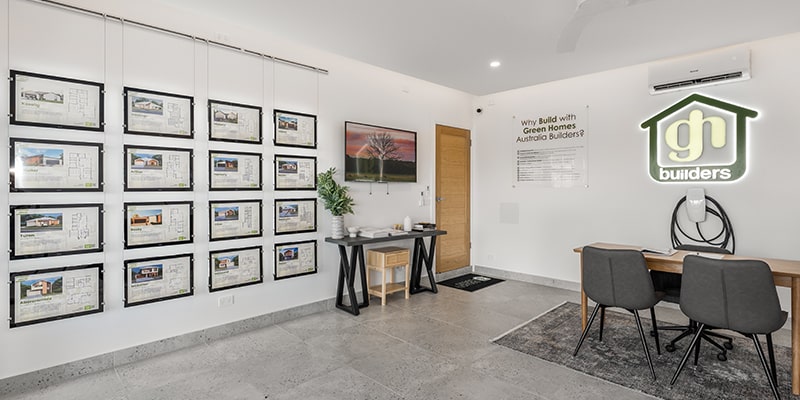
The Shift Toward Green Homes
According to Fabar, consumer demand is outpacing the industry’s ability—or willingness- to respond. “We’re getting inundated with consumers wanting energy-efficient outcomes,” he says. Whether it’s for a new build or an upgrade of an existing structure, homeowners are increasingly motivated by a mix of cost savings, health benefits, and environmental stewardship.
“The industry’s a very culturally driven industry, and it’s still stuck where it was 60 years ago,” he says candidly. While there have been some advancements, he describes them as marginal. “Builders and designers are still focusing on just building homes that keep the water off the occupants’ heads.”
Fabar sees the most significant changes being driven by green finance and consumer choice. Australia’s Green Home Loans, which reduce mortgage rates for certified green homes, are one example of the financial tools driving the sector forward.
A Mission-Led Team
For Fabar, company culture isn’t a peripheral concern—it’s the foundation on which everything else is built. “I would describe the culture at Green Homes to be family-oriented and environmentally focused,” he says, emphasizing that the company’s values are not just spoken but lived out daily by team members across all levels. From executive leadership to local franchise builders, everyone involved is united by a shared purpose: to create homes that are not only energy-efficient but also improve the lives of the people who live in them.
This sense of purpose fosters a strong, mission-driven environment where builders aren’t just constructing houses—they’re contributing to something much larger. “They’re building legacies for themselves,” Fabar notes, referring to the pride and long-term impact felt by those in the network. Many franchise partners view their involvement not just as a business opportunity, but also as a way to make a meaningful impact in their communities through environmentally responsible construction and education.
Marketing That Matches the Message
The company’s marketing strategy is equally aligned with its values. “Our primary method is online, multiple online strategies,” Fabar shares. Rather than rely on traditional print or TV advertising, the brand invests in robust digital platforms, educational content, and interactive tools to help consumers understand the benefits of building green. “That’s where all consumers are. They’re doing their research online.”
Scaling Sustainability for Generations
The future of Green Homes Australia is defined by scale and ambition. “There are two projects we’re focused on,” Fabar says. The first is the development of green communities—clusters of 50 or more freestanding homes that are energy-neutral and carbon-free. These communities are intended to model what entire neighborhoods of the future could look like.
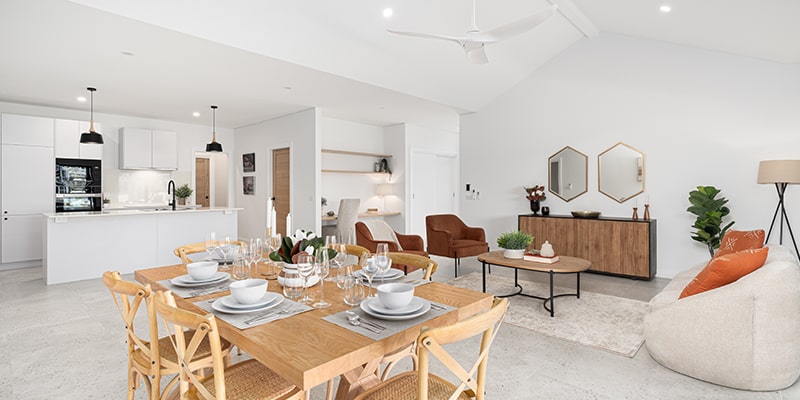
The second is even more transformative. “We’re focused on ensuring that thousands of Australian homes, existing homes, are upgraded to all-electric energy-efficient homes,” Fabar shares. With a target of transforming at least 50,000 homes over the next three to five years, Green Homes is setting its sights high, not for the sake of market share, but for measurable impact.
At a Glance
Who: Green Homes Australia
What: A national building company that specializes in designing and constructing energy-efficient, sustainable homes.
Where: Orange, New South Wales, Australia
Website: greenhomesaustralia.com.au
PREFERRED VENDORS/PARTNERS

Highgrove Bathrooms – www.highgrovebathrooms.com.au
Highgrove Bathrooms has been supplying tradesmen, builders, interior designers and renovators with the highest quality bathroom, kitchen and laundry products for over 20 years. With 50+ fully stocked showrooms nationwide, take your items home today or plan from the couch with our helpful design tools including a free 3D Bathroom Planner.

Gliderol Garage Doors – www.gliderol.com.au
For over 50 years, Gliderol has been a trusted name in providing Australian’s with high-quality garage doors. Gliderol has grown with Australia’s evolving needs, offering a diverse range including the specialty Danmar doors that can be custom designed to suit your home. For more information on the full range visit www.gliderol.com.au.
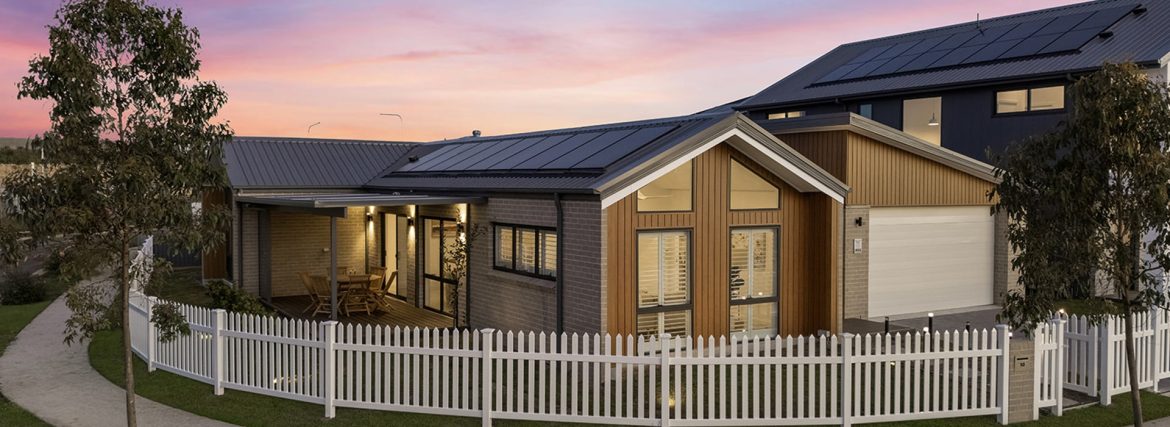
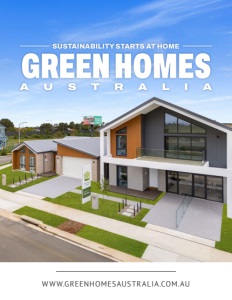
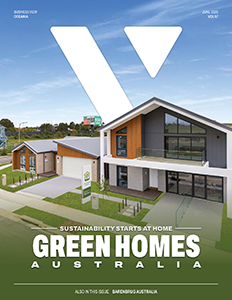
 This information will never be shared to third parties
This information will never be shared to third parties